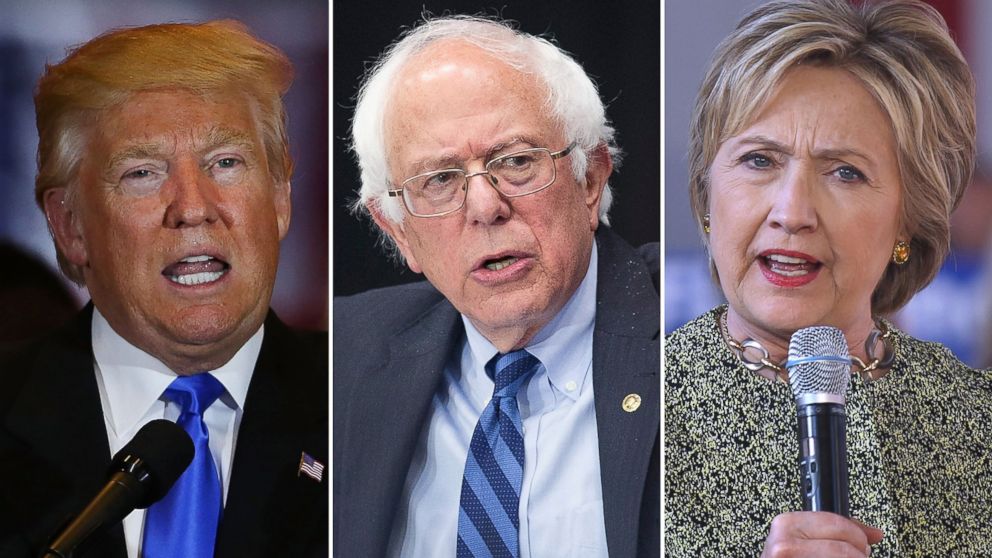Road to the White House: Campaigns Map Out Transition of Power Strategies
Candidates are already mapping out their transition to the White House.

— -- If there really is a road to the White House, Max Stier and David Eagles are faced with the tough task of making sure it’s well paved, ensuring candidates and the outgoing president successfully manage the critical transition of power.
Stier and Eagles head the Center for Presidential Transition and have kept in touch since an April meeting in New York with senior staffers with the Trump, Clinton and Sanders campaigns, who they say are at different stages in building their transition teams, each with “different levels of maturity” in their operations.
The Center for Presidential Transition was launched by the nonprofit, nonpartisan Partnership for Public Service in January of this year to ensure the smooth, safe and efficient transfer of power between one administration and the next.
Both said presumptive Republican nominee Donald Trump has a head start, after announcing New Jersey Gov. Chris Christie as his transition chairman on May 9.
“I think it’s great that Trump has announced his transition coordinator, and they all ought to. Starting now, you’re still starting late,” Stier said. “It’s better than starting post-convention ... but the size of task is so large that there’s no way you can do it too early.”
In recent years, Stier and Eagles have even seen a shift in how campaigns approach their transition teams, some using them as a test run to show voters their effectiveness in governing.
“The nontraditional candidates are thinking of this as something that will be a political asset for them. Like smart planning and being able to execute early on day one. Good management, finding good people,” Eagles said. “I think longer term it will be viewed as a political asset. It won’t be viewed as a liability historically.”
But Christie’s role could raise questions, as he has a tough balancing act as the governor of New Jersey and the massive bureaucratic process of managing a Trump presidential transition.
For Mike Leavitt, head of Mitt Romney’s transition team, and Clay Johnson III, a top Office of Management and Budget official in George W. Bush’s White House and the lead of his 2000 presidential transition, the process was a full-time job.
“Christie is going to have to balance this out. He’s going to have to build the team that can accommodate the fact that he has other commitments. If he doesn’t do that, then there’s real trouble, right? You’re not going to get stuff done,” Stier said when asked if Christie could be a risky choice for Trump. “But if he designs an approach that enables him to have a team underneath him that can manage all the other work items, then you can do it right. Obviously, the more time you can personally devote to it, the better.”
Stier emphasized, though, that Christie has been proactive in meeting with the right people and has approached the process with a “high degree of openness to learning.”
A representative for Donald Trump declined to discuss any details of Trump’s transition team.
Remembering the transition meeting back in April between the campaign’s senior staff, Stier and Eagles said it had something rarely seen on the campaign trail. Everyone in the room was “fully committed to the same thing,” sharing a “terrific spirit of interest, cooperation, learning and sharing.”
The process “is bipartisan,” Johnson told ABC News. “This is about America at this point. It’s not about who’s going to win the election. It’s about one of you two groups are going to win this thing and we are committed to making both of you very well prepared.”




